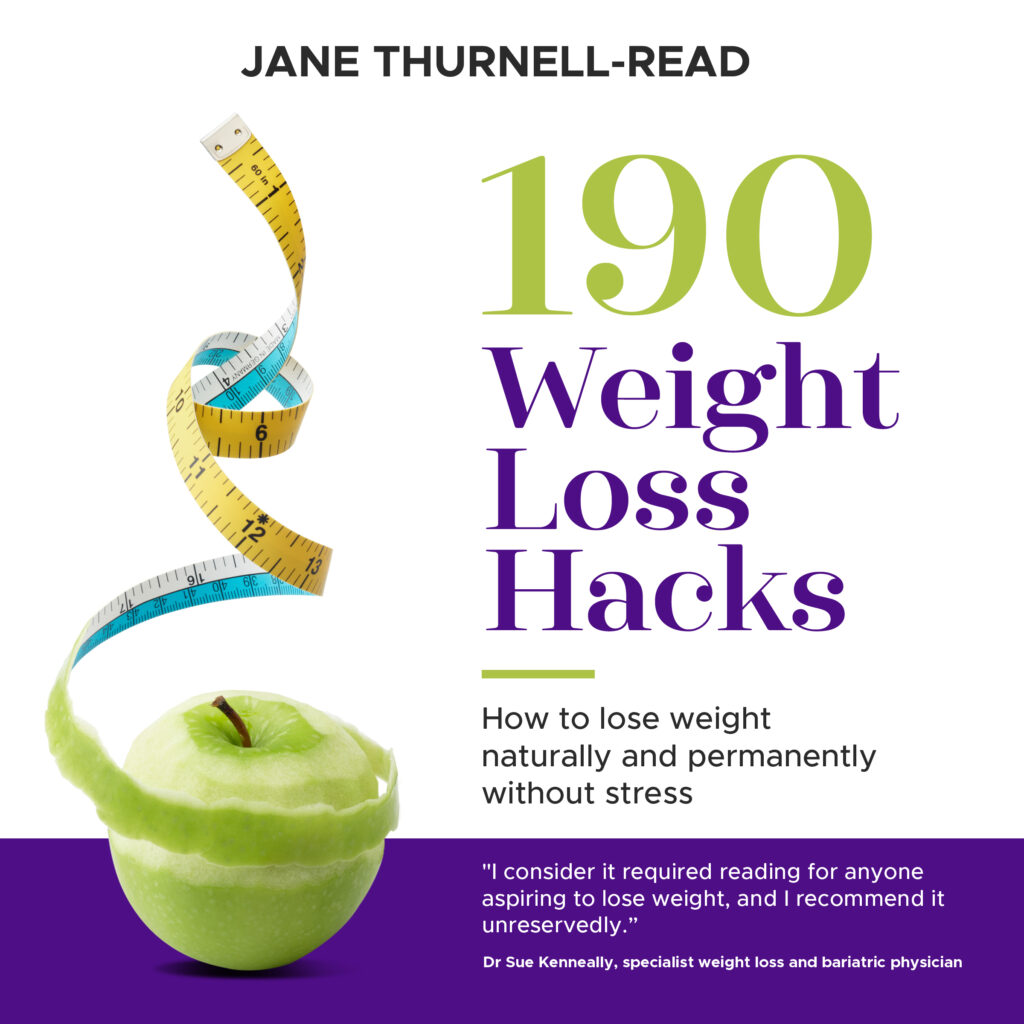Many parents want their children to eat more healthy food, but struggle to find an effective way to do it. Shouting, wheedling and bribing don’t work, or only work for a short time. We feel they are influenced by television, their friends or just engage in a power struggle with us. But there is a solution. That solution varies depending on the age of your child.
Fortunately, three pieces of research can give you the insights you need to help your children enjoy healthy food.
Getting young children to eat vegetables
We know that vegetables are good for us, but a lot of children don’t want to eat vegetables.
The first is research on three to five-year olds. The study is published in the Journal of Nutrition Education and Behavior. In the study, Lanigan and her colleagues wanted to see if statements that t simply convey the benefits of healthy food would influence their choices. Before beginning, the 87 children in the experiment ranked how much they liked four foods chosen from different food groups including, green peppers (vegetable), tomatoes (vegetables), quinoa (grain), and lentils (protein). The children were then offered two of the foods they liked the least twice a week. Over the six-week experiment, the researchers presented the children one of their low-rated foods with information about the benefits of the food. The other food was merely given to them to taste.
A month later the children were eating twice as much of the food that was accompanied by positive information compared with the food that was just served to them with no comment.
The phrases were chosen to represent accurate nutritional information, but in a way that reflected the goals of three- to five-year-old children. So, for example, when lentils were given, the researchers would tell the children that this will help you grow bigger and run faster.
Another study looked at repeatedly offering young children a choice of vegetables. Children were served a small piece of vegetable three times a week for five weeks. A sticker was given as a reward to children trying a vegetable. One group just offered one vegetable (broccoli) and the other group offered a choice of three vegetables ( broccoli, zucchini/courgette and peas). The strategy of offering multiple vegetables to the children was the most successful, at increasing the children’s consumption of vegetables.
Yet another study found that both the mother and the father need to set a positive example in eating vegetables, fruit and berries for 3-5-year-old children. This was particularly true for cooked vegetables.
More time means more fruit and veggies eaten
Melissa Pflugh Prescott, assistant professor in the Department of Food Science and Human Nutrition at the University of Illinois conducted a study with elementary- and middle school-aged children enrolled in a summer camp. She found:
When kids sit down to eat lunch at school, fruits and vegetables may not be their first choice. But with more time at the lunch table, they are more likely to pick up those healthy foods. If we want to improve children’s nutrition and health, ensuring longer school lunch breaks can help achieve those goals, according to research from the University of Illinois.
So, that’s how to tempt young children to eat more healthy food, but what about teenagers?
How to get teenagers to eat more healthy food
Many teenagers love junk food and will eat it to excess and turn their noses up at salads. Parents are often at their wits’ end. A research project by Christopher J. Bryan and others from the University of Chicago Booth School of Business has found that a simple and brief intervention can provide lasting protection for adolescents against the harmful effects of junk food marketing.
Food marketing is deliberately designed to create positive emotional associations with junk food and connect it with happiness and fun. The researchers went into classrooms and taught groups of students about the way junk food manufacturers try to hook consumers on addictive junk food for financial gain. Control groups were given factual information about healthy food.
The students were followed over three months. The girls ate less junk food regardless of whether they were in the experimental or control groups. For the boys the marketing exposure was much more effective; they reduced their daily purchases of unhealthy drinks and snacks in the school cafeteria by 31 percent in that time, compared with the control group.
So regardless of your child’s age you can try these strategies to get them to eat better, but remember to use the age-appropriate strategy.
Weight Loss
Naturally And Permanently Without Stress
- Research-based information about what works
- Simple mind-set changes
- Strategies you don’t already know

Healthy Ageing
Unlocking the Secrets to Longevity
- Research-based information to give you hope and inspiration
- Simple changes you can make now
- Information you don’t already know

Menopause
Stop Hot Flashes And Lose Weight
- Research-based information you need to move forward
- Get back in control of your health
- Practical proven strategies to love well

-
Can the Mediterranean diet ease IBS symptoms? New research
For those living with irritable bowel syndrome (IBS), the daily struggle of bloating, discomfort, and unpredictable digestion can feel exhausting. Finding the right diet to ease symptoms can be frustrating – especially when advice seems to contradict itself. However, a…
-
What’s on your tombstone?
I want to talk about when you die. Now, it’s not a very pleasant subject, but I want to talk about one particular aspect of it. Your tombstone. Okay, I know you may get cremated, or because of your religious…
-
Want to achieve your most important goals? Don’t share them!
How many times have you seen the advice that you should share your goals? Yep, tell everyone about your goals and you are more likely to achieve them. Obvious, isn’t it? It increases your accountability, and success comes with accountability.…




